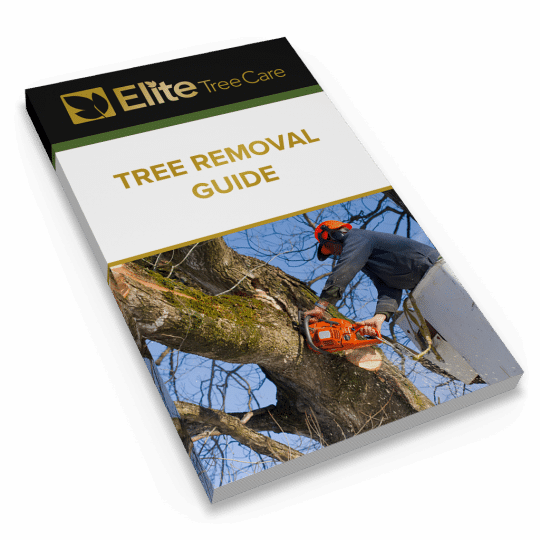5 Types of Winter Storm Damage
How to Prevent and Treat Problems
Posted
January 23, 2025

This season is bringing unprecedented storms to areas not used to snow and ice. Not only does this cause an issue for people navigating hazardous conditions, but it also impacts nature like never before. Learn how winter storm damage effects your trees and ways to prevent and treat any issues that may arise.
Types of Winter Storm Damage
If you’re not used to snow and ice falling in your area, you may not be ready for what it can do to your trees and shrubs. In fact, native plants may also not be prepared for an extreme change in weather. Here’s what could happen under the weight of snow, ice, and strong winds.
- Broken branches
- Leaning trunks
- Uprooted trees
- Splitting bark
- Root damage
If the tree happens to be close to a structure or utility lines, more problems can occur once branches break off or the tree falls. Plus, once the snow melts, you may also run into drainage issues if the soil is compacted or frozen.
Preventing Damage to Plants and Property
While you can’t predict the weather, you can help protect your plants and property from damage no matter where you live.
- Pruning. Remove any dead, diseased, or broken branches from your trees and shrubs before they have a chance to break, especially if they’re close to your home or power lines.
- Wrapping. Protect bark from splitting and delicate branches from breaking by using specialized wrap materials.
- Bracing. Reinforce weak branches with professional cabling and bracing techniques.
- Aerating. Limit compaction and improve drainage by aerating the soil throughout your yard.
Late winter is the best time for pruning most trees since they’re currently in a dormant state. Regular pruning also helps strengthen the plant, making it easier to survive harsh weather. But wrapping, bracing, and aerating should be done in the fall before the harsh weather sets in.
If unexpected storms come through your area, take some time to carefully inspect your plants for signs of damage and consult a certified arborist to help assess and recommend treatment. Usually a tree can be saved with strategic pruning and bracing. But if significant damage is done or the tree has already fallen, you should contact a pro for proper removal.
Elite Tree Care provides a variety of tree care services to help preserve the natural beauty of your trees and shrubs. Call 610-935-2279 for a consultation if you’re worried about your plants surviving the winter or need help in the aftermath of a storm.

Download Your FREE Tree Removal Guide
Even dedicated DIYers should think twice before taking on the task of tree removal. Our guide will help you decide whether to hire a tree service and how to get the most value for your money.